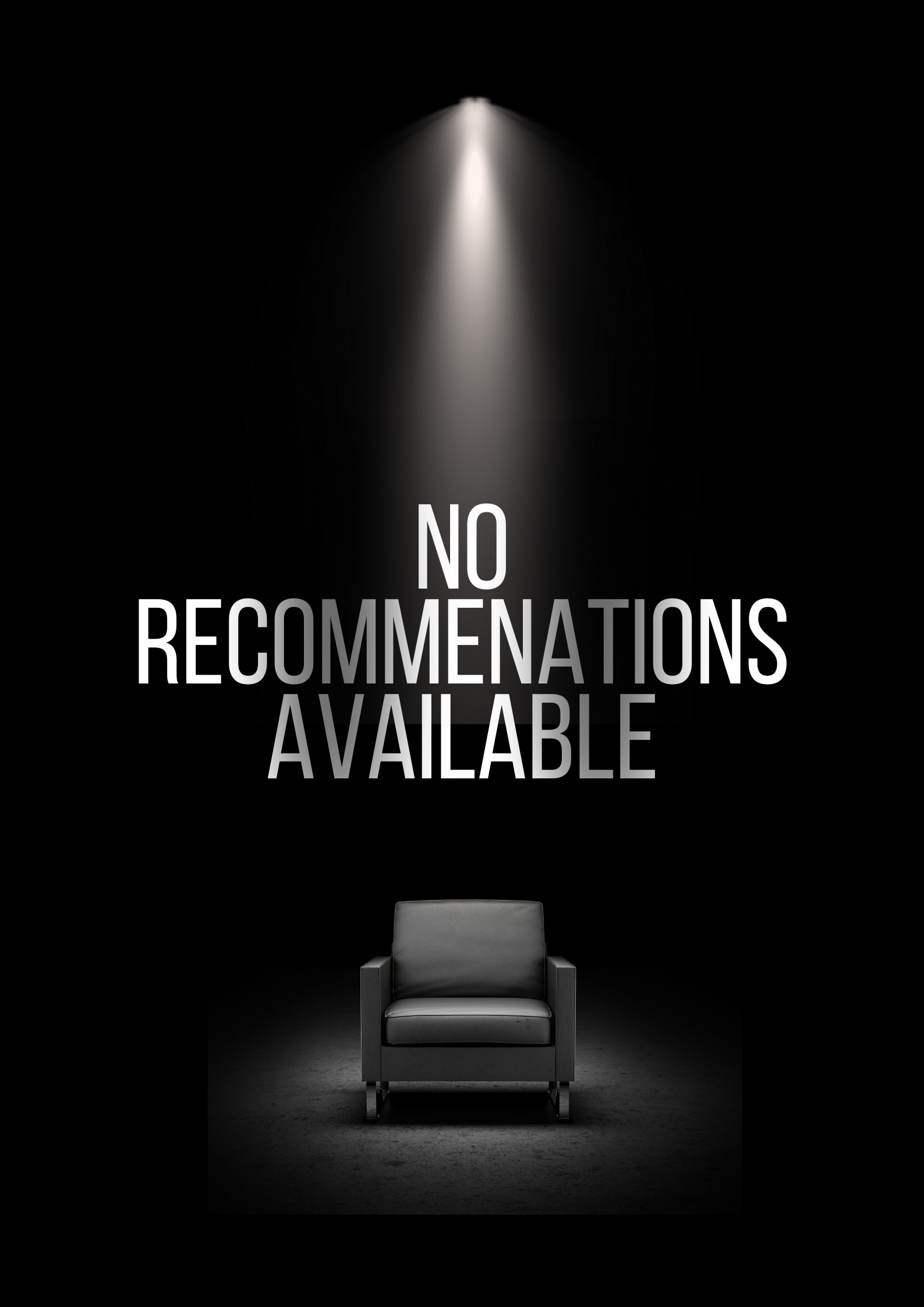Time
"00:00"
2022
0h 5m
0.0(0 votes)
Documentary
Overview
Then, now, where? how?
Links & Resources
Social & External
Production Companies
Cast & Crew
2 members
Acting
Nicholas Adamson
Self (Archive)
No Image
Acting
Christopher Hugh James Adamson
Self (Archive)

Similar Movies
Recommended Movies

No Recommendations Yet
We're working on finding the perfect movies for you. Check back soon!
More movies coming soon


















